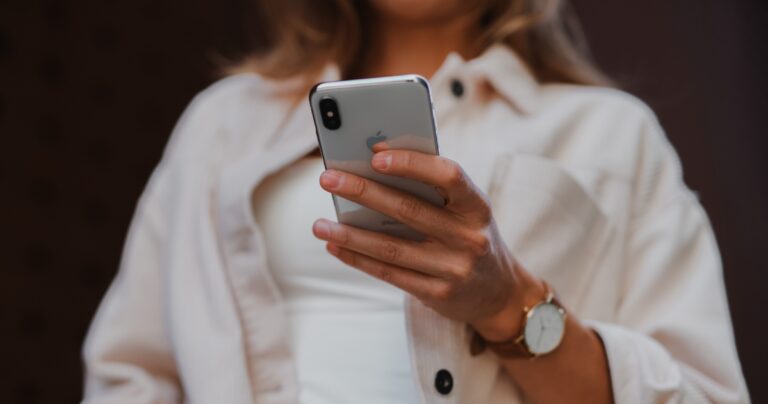Where possible, try to buy refurbished devices directly from the manufacturer (often called “certified refurbished” or “manufacturer refurbished”), as they tend to restore their devices to a higher standard than third-party retailers. Apple, for example, has a rigorous refurbishment process which almost guarantees the device you’re getting is as good as new. Dell is another in a small number of brands offering in-house refurbished devices.
However, if your desired device is only available via third-party sellers, keep in mind that not all stores are created equal. Here are some factors to consider when determining the legitimacy of a refurbished device retailer.
- Quality grade: Each seller will have their own quality scale, with the devices in the best condition being listed as “Excellent”, “Pristine” or “As new” and those with more imperfections referred to as “Good”. The price tends to reflect the device’s condition.
- Refurbishment process: A good seller will provide a checklist of the refurbishment process, detailing every component that has been checked for quality, e.g. battery health, screen, Wi-Fi.
- Warranty: A good refurbished device store will back the quality of their products with a decent warranty period (ideally, at least one year).
- Returns policy: Look for a store that offers a return policy so you can test the device for a few weeks and return or replace it if it doesn’t meet your standards.
- Store reviews: There are quite a number of sites selling refurbished devices, so be sure to do your research and check out the site’s reviews on Google, Product Review and Trustpilot.
We strongly advise against purchasing pre-owned electronics from places like Facebook Marketplace, eBay and Gumtree, as they likely have undergone no refurbishment checks or processes and there are far fewer consumer protections available if your device doesn’t live up to expectations.
